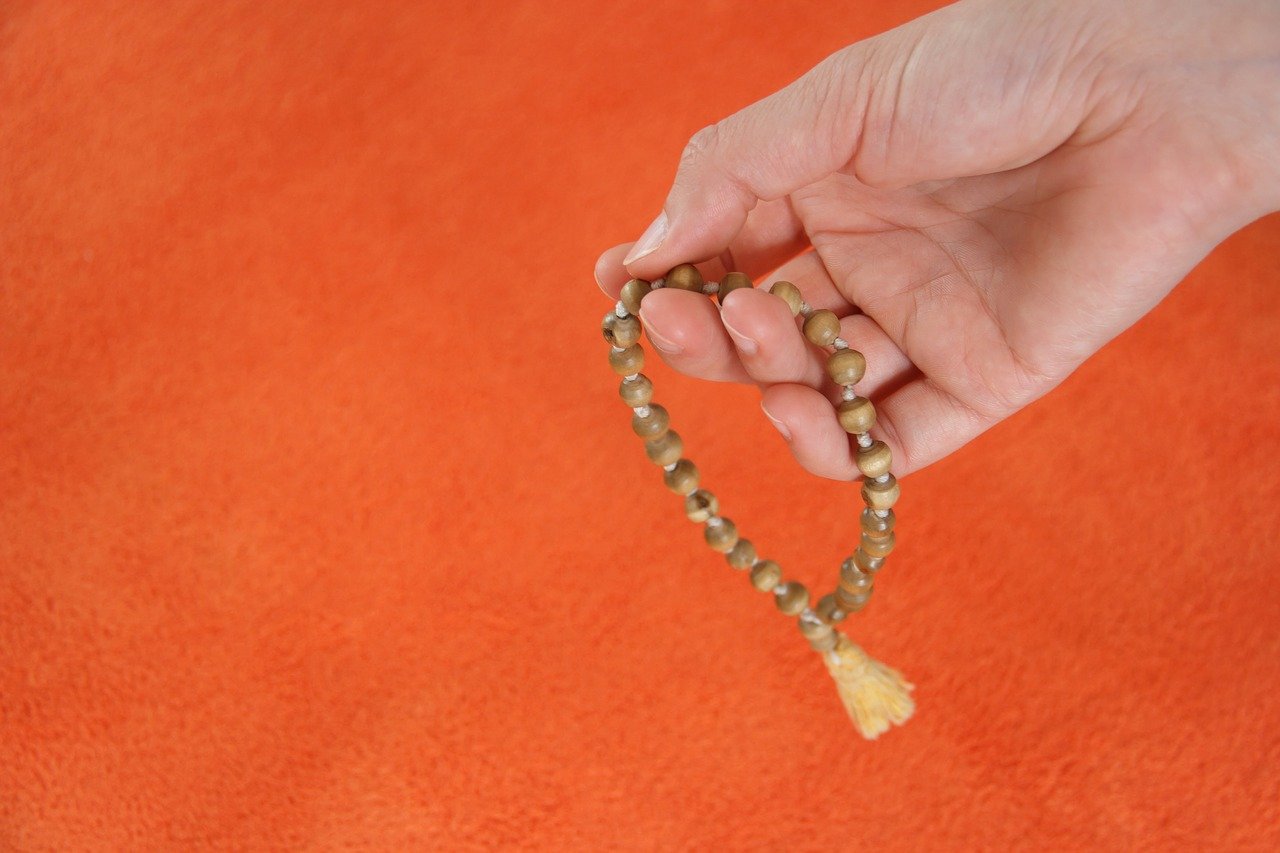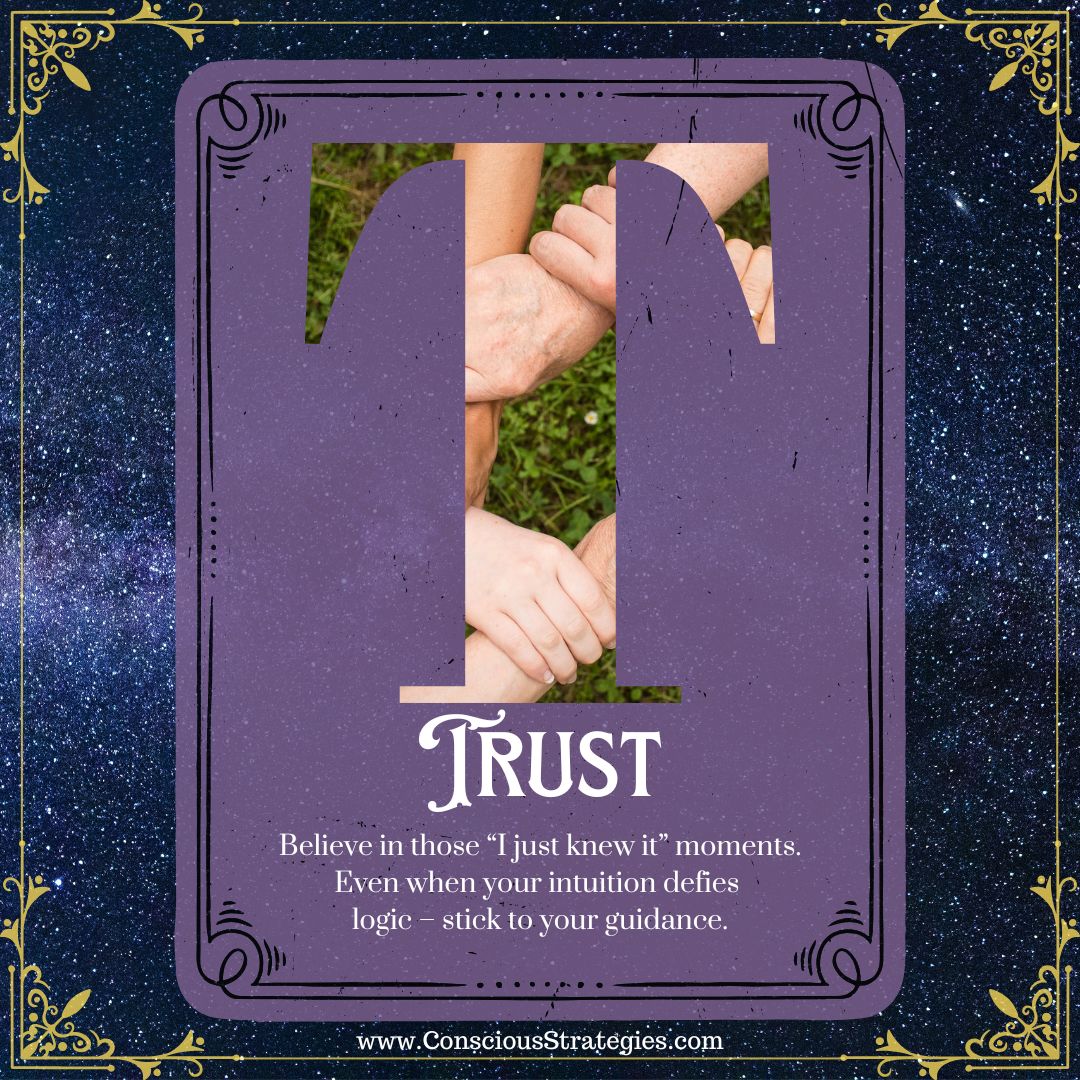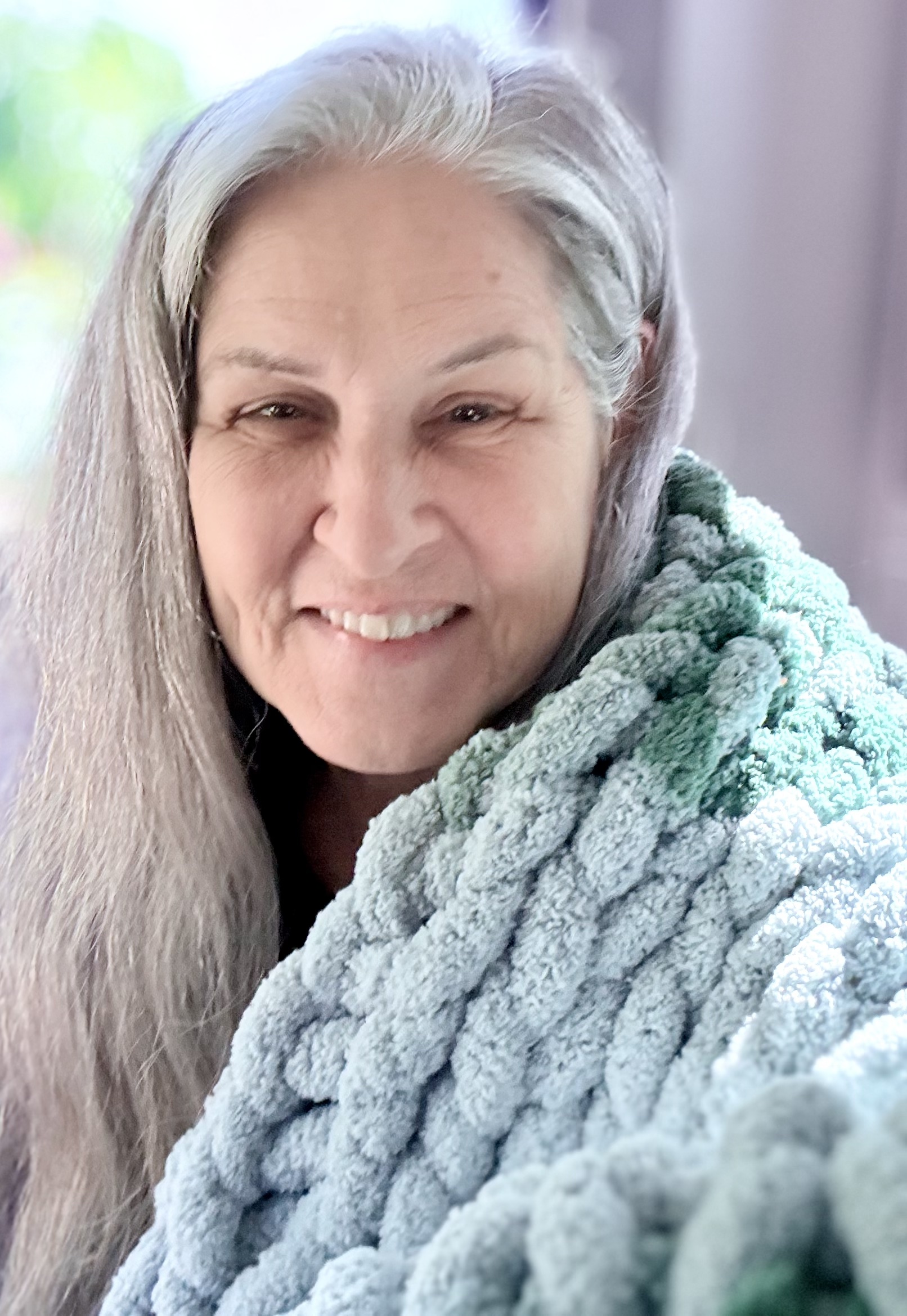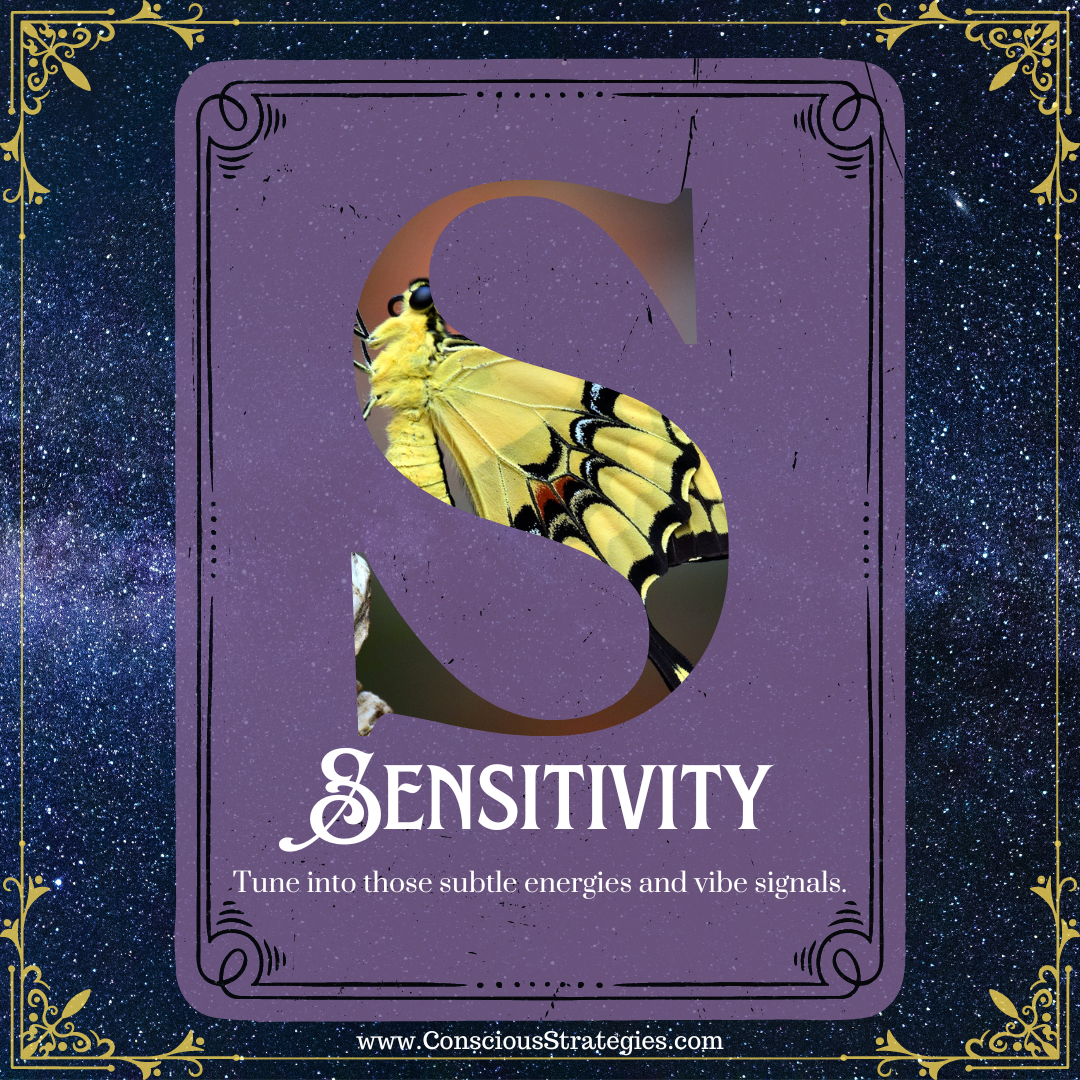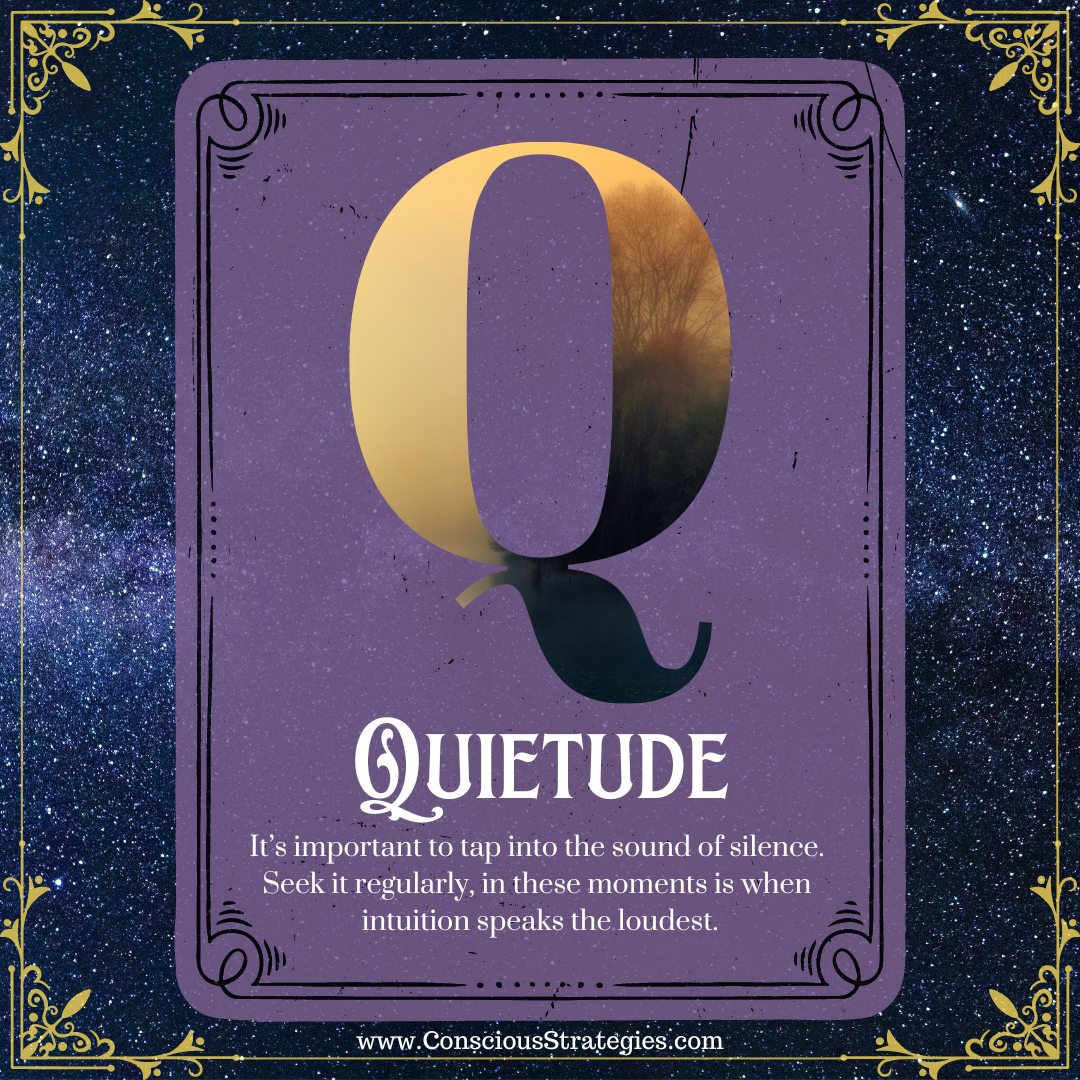WHAT ARE PRAYER & MEDITATION BEADS?
People across the globe use prayer beads as a spiritual tool of mindfulness, meditation, and of course, prayer. While their names and numbers are different across the world, their value remains the same. Whether it’s a mala, subha, or a rosary – these ancient tools were created to clear and direct our minds. Which is why they are a powerful tool to have in your psychic tool belt.
There are different types of prayer beads. When you think of a rosary, most people see 59 beads, a crucifix, and a medal of a saint. And the full mala, they see a strand of 108 beads with a larger guru bead. And let’s not forget the subha that holds 100 beads in total. More than mere beads strung together in a circle, these ancient instruments keep the mind focused and clear – giving access to the Divine within us.
Prayer beads are used in meditations to count mantras, prayers, or even breaths. Each of these tools, mantra beads, meditation beads, rosaries, or prayer beads are mindfully created with the numbers of beads and the way they are strung holding special meanings and representations.
The 108 mala beads has a powerful significance both in science and spirituality. Here are some of the meanings for 108 beads:
- 108 letters in the Sanskrit alphabet
- The Sun’s diameter is 108 times larger than that of Earth
- The distance between the Sun and Earth is 108 times the Sun’s diameter
- 108 sacred holy sites in India
- 108 acupressure-like points on the body
- 108 names of the goddess
- 108 energy lines through the body that all merge at the heart chakra
- Buddhist say 108 represents humanity’s mortal desires
- The circle of beads represents the cycle of life
On the other hand, the Christian or Catholic rosary is a bit more complicated. It consists of 5 sets of 10 beads (decade), each separated from the next decade by a larger bead. The ends are joined by a metal and single strand of chain, with 1 large bead followed by 3 small beads followed in turn by another large bead ending with the cross or crucifix. Each decade is meant as a reflection on one of the many mysteries of the lives of Jesus and Mary.
USING PRAYER & MEDITATION BEADS
To use your prayer beads, create a quiet sacred space where you won’t be interrupted. Hold them gently in your left hand. Beginning with the bead next to the larger bead, recite your mantra, prayer, or affirmation. Use your thumb to move the beads clockwise around the circle. With each bead say/think your prayer, mantra, or affirmation. The first bead is held between the index finger and thumb, and as you say your prayer, mantra, or affirmation, move your thumb to pull another bead in place over the index finger.
In the mala, when you reach the larger (guru) bead again, it signifies the end of one round in the cycle (108 in total). After reaching the guru bead, you can reverse directions by flipping your mala and continuing again. The reason for “flipping” your mala is that it’s believed that you don’t cross over the guru bead as a nod of respect to your spiritual teacher.
PURPOSE/BENEFIT OF WORKING WITH PRAYER & MEDITATION BEADS
These beautiful instruments are made from a wide variety of materials and you can charge or program them to enhance your workings with them. Using prayer beads help calm the body, regulate blood pressure, deepen the breath, and eventually redirect the mind’s focus from stress or worries towards clarity and peace.
These meditative tools are sometimes seen as too simple but what is missed by that mindset, is the impact these tools have in moving us into deeper and more connected meditation space. Through the drone of the repetitive prayers/mantras, the constant chatter of our normal monkey mind is put on mute.
Working with prayer beads just for 10 minutes a day will help improve your attention, focus, and inner awareness. Fostering a connection to train your subconscious into a habit of mindful connection strengthens our intuitive connection.
Regardless of the form your prayer beads may take, remember their origin story and your intention for activating these ancient methods. And most of all – enjoy practicing with them!!

